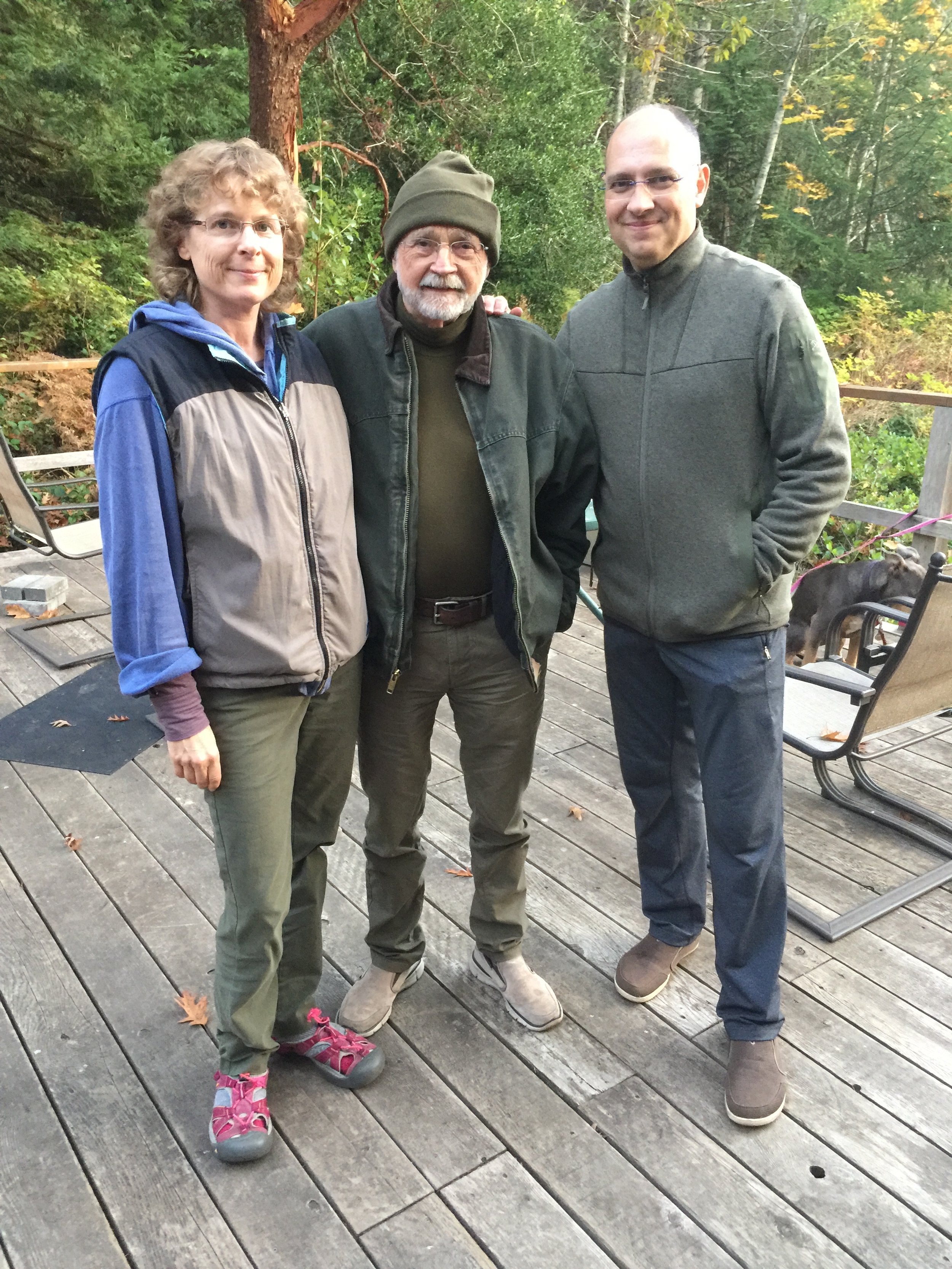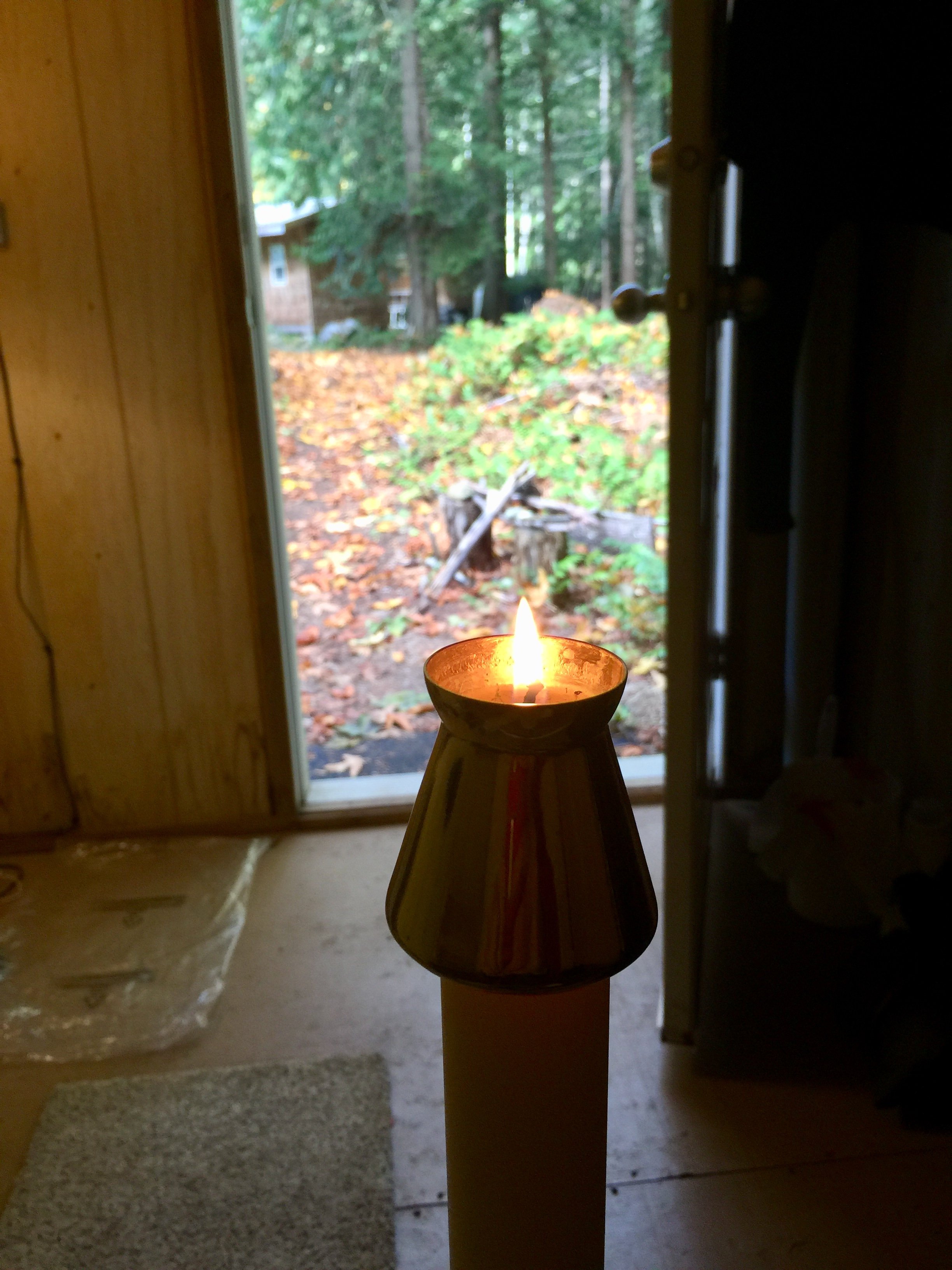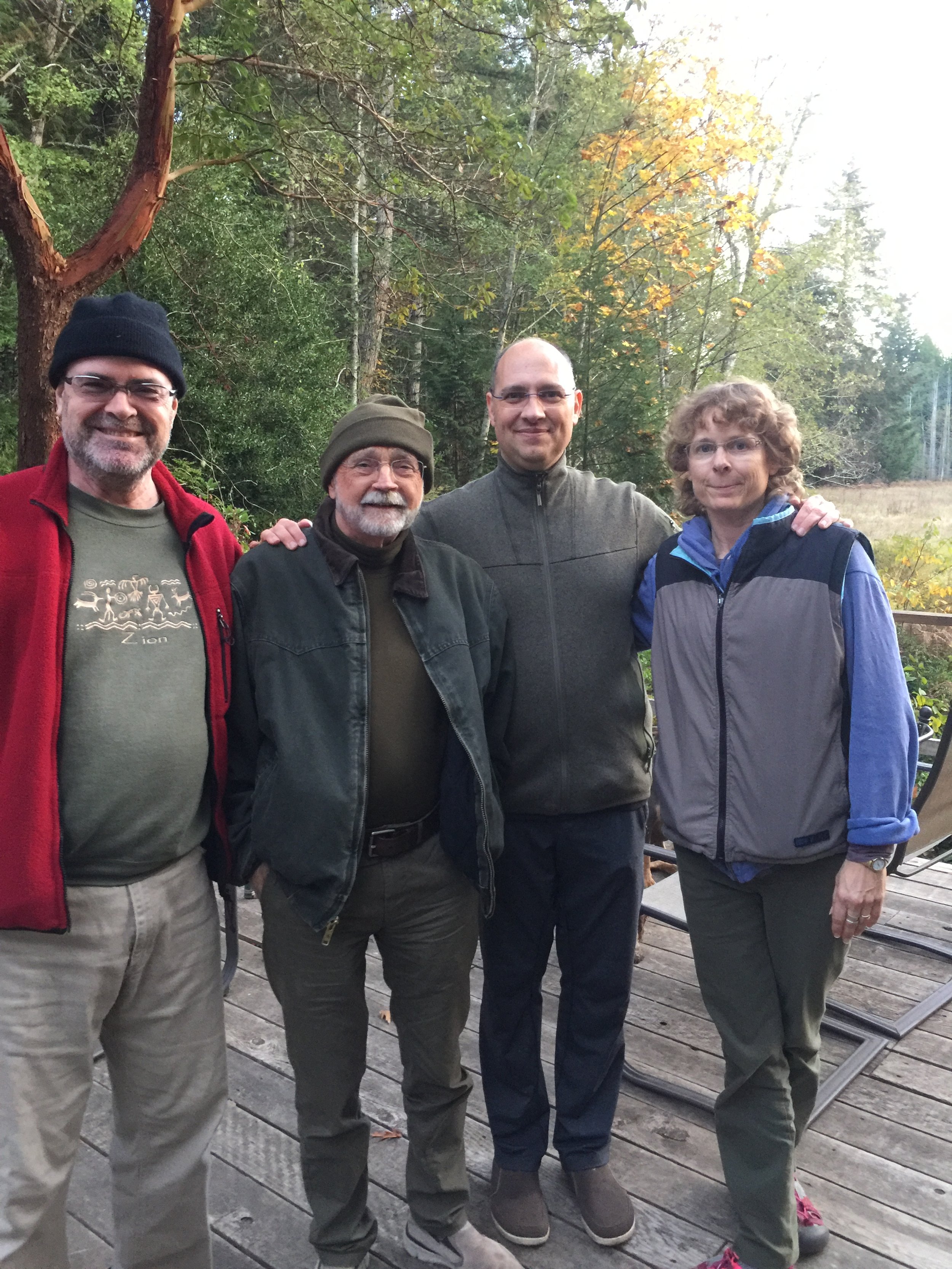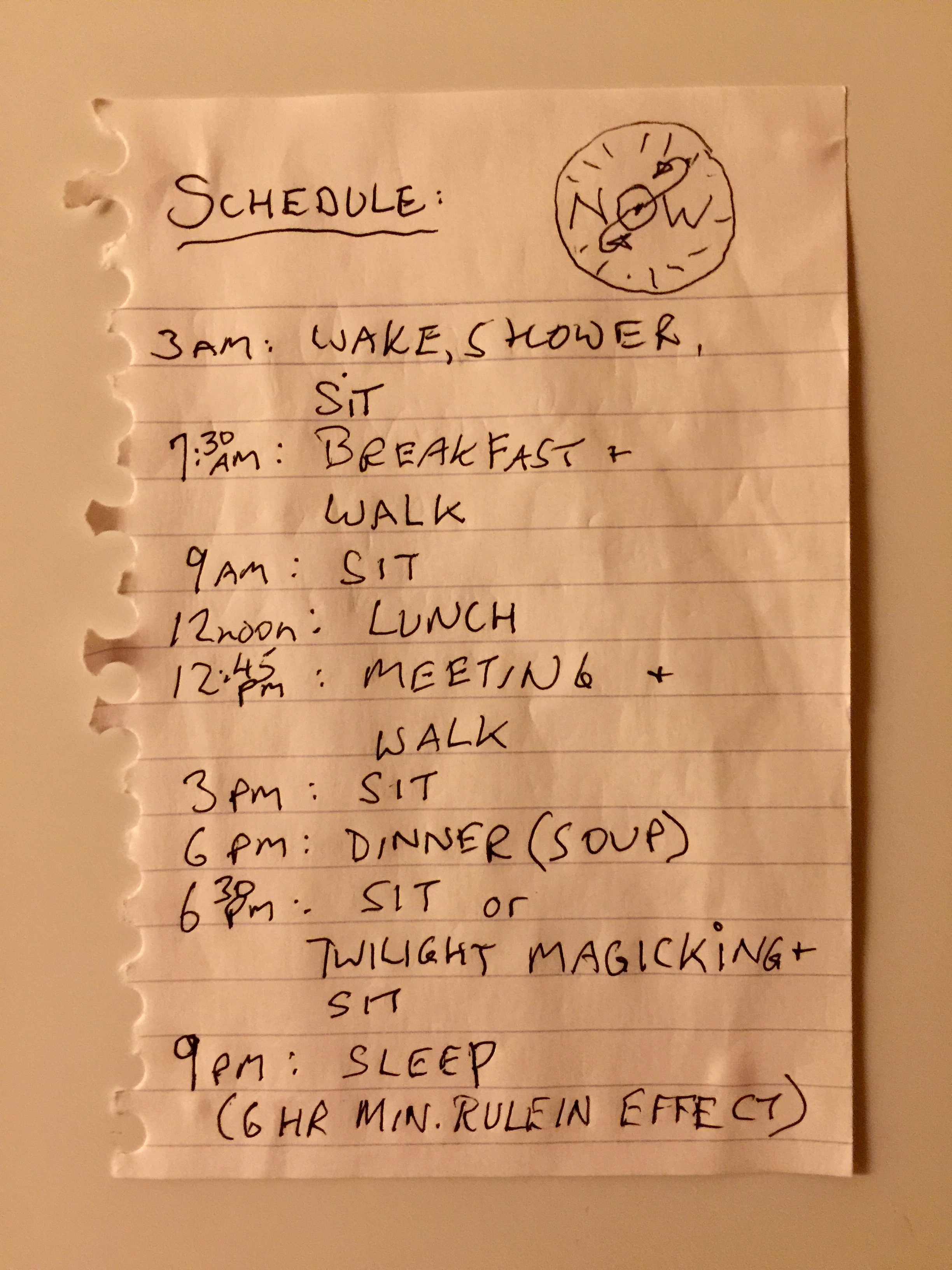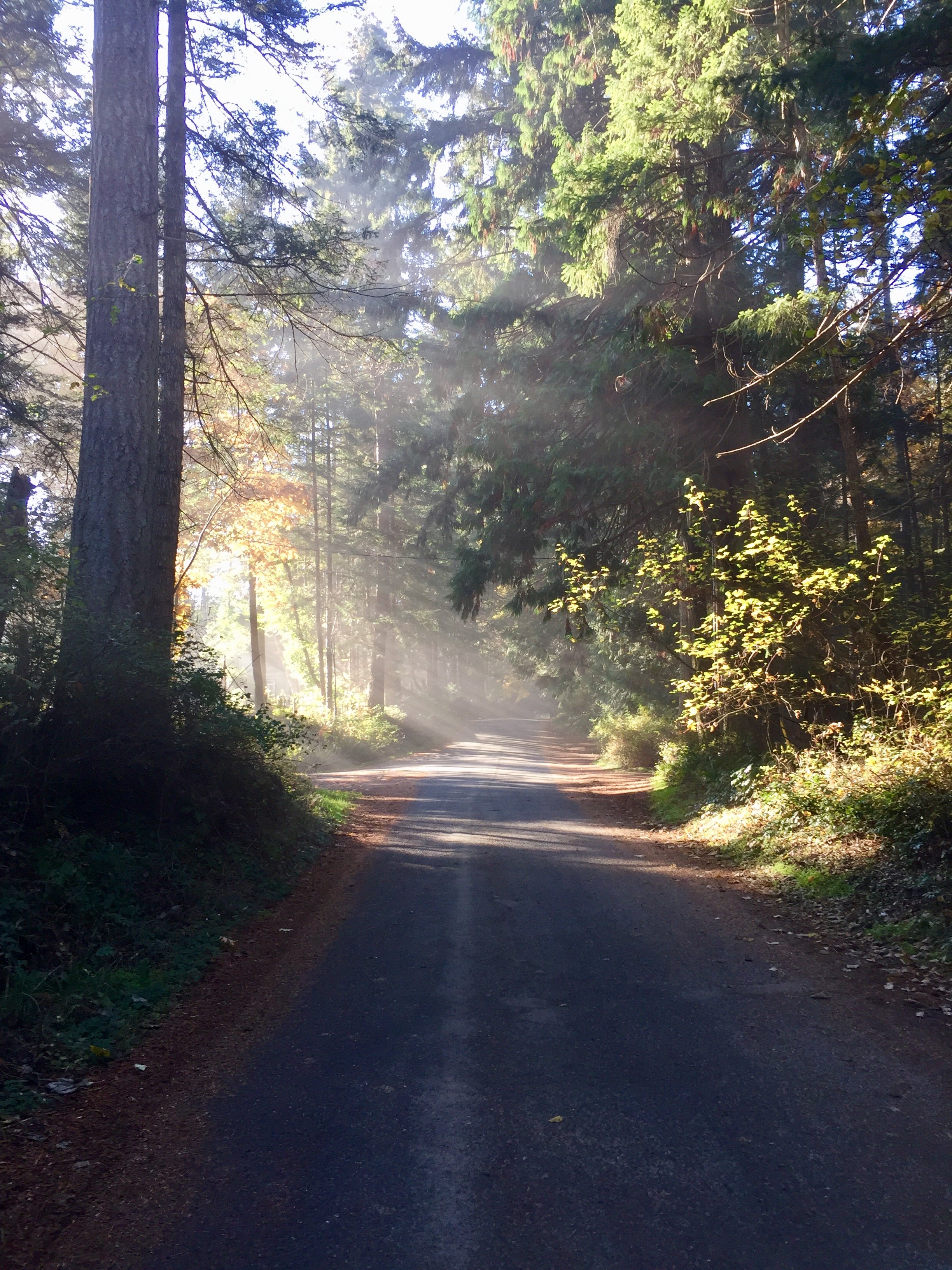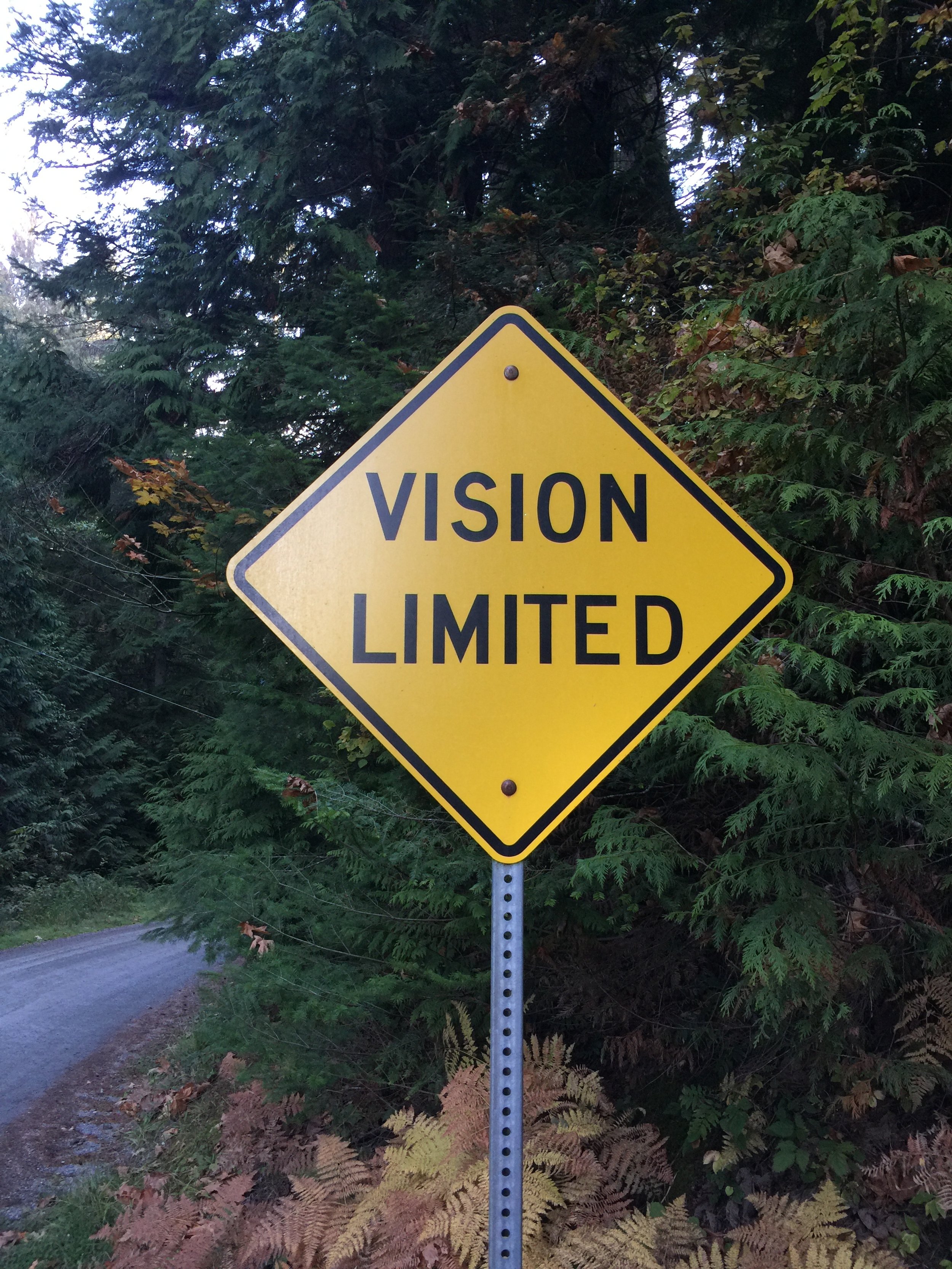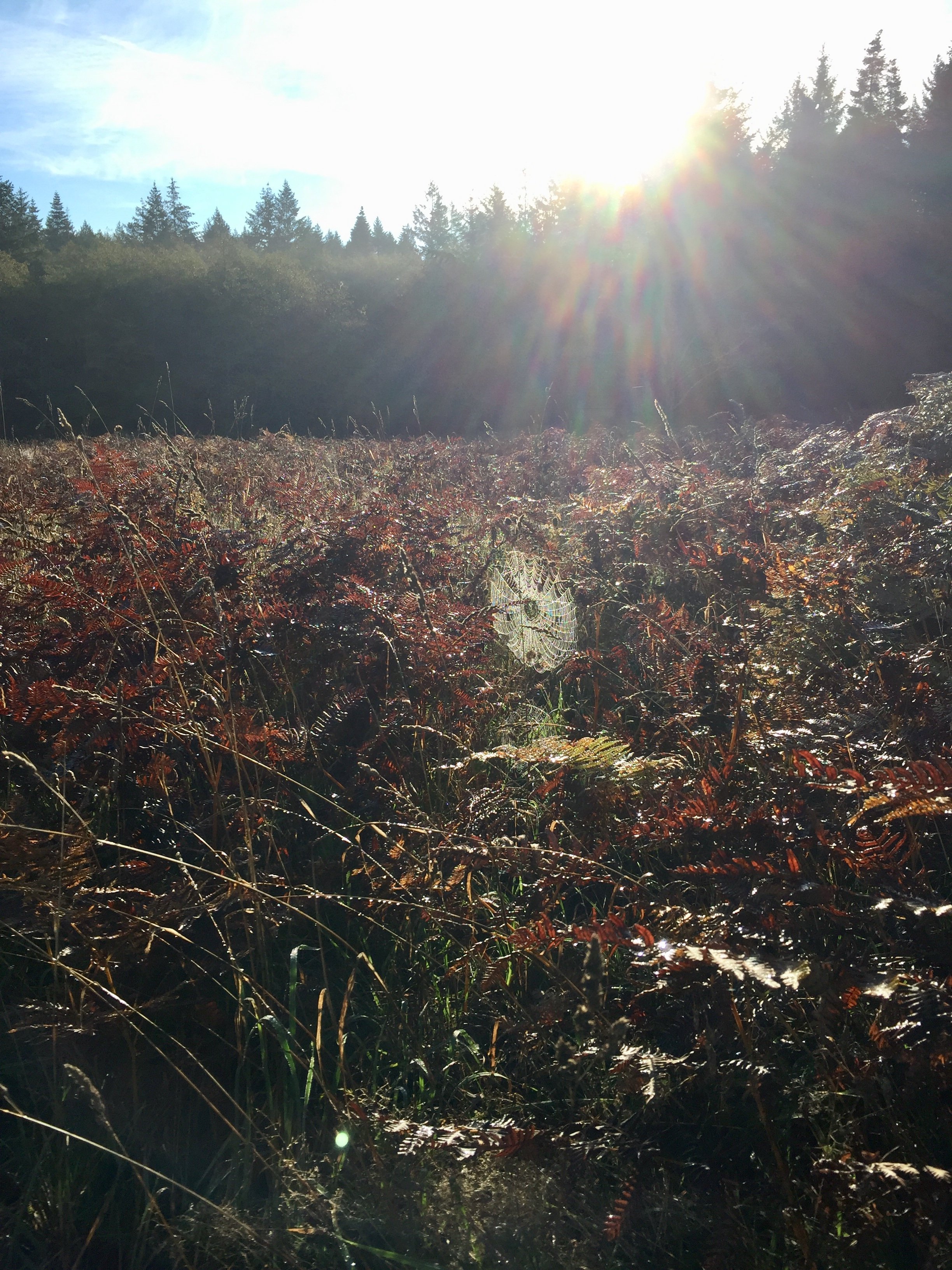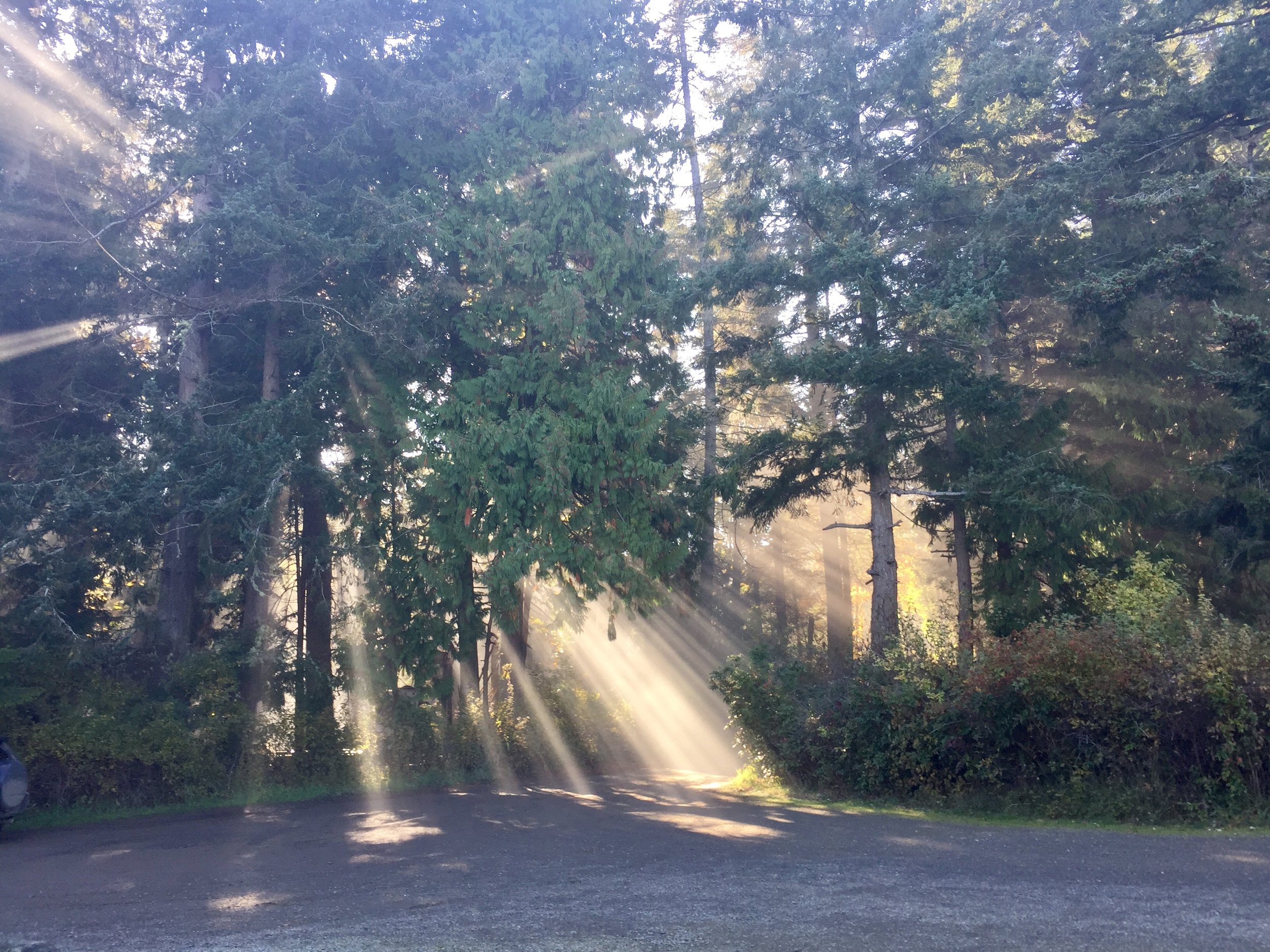The Fire Kasina
We’ve been gazing into firelight since before we were fully human.
For the past 18 months I’ve been focusing on my own personal practice, especially in intensive retreats using the TWIM method (Tranquil Wisdom Insight Meditation) as taught by Delson Armstrong. Now, enriched by new understandings and a heart full of gratitude, I’m ready to share more glimpses of the many practices that have helped me along the way.
First up is this article I wrote in 2019 about the Fire Kasina Meditation developed by Daniel Ingram. This will be a longer post. Making up for lost time! Happy 2024 to everyone seeking greater goodness and fulfillment in our lives.
Fire Kasina Meditation: Take Back the Light
by John Munroe
In October 2018, I was privileged to participate when twenty-odd luminaries of the "Pragmatic Dharma" scene gathered at the Hermitage near Lambert Channel on bucolic Denman Island, BC to delve into a groundbreaking new take on an ancient contemplative practice: Fire Kasina. We were led by meditation experts Lama Shannon Stein and Daniel Ingram, MD MSPH.
Fire Kasina is a meditation that just about anyone can enjoy. It is based on the good old-fashioned practice of candle-gazing—with a twist.
The approach is new, but Fire Kasina dates back at least 2,600 years to the time of the historical Buddha, when it is thought to have been a well-established practice on the Indian subcontinent.
Fire Kasina is just the latest in a wide range of meditation practices revitalized by the burgeoning Pragmatic Dharma movement, a compelling new alternative to conventional “trickle-down” spirituality. Pragmatic Dharma focuses on direct, personal meditative experience—and crowdsourced instruction dubbed by its chief proponent (Dr. Daniel Ingram) “co-adventuring.”
In their book The Fire Kasina (free online at firekasina.org), Canadian therapist Lama Shannon Stein and longtime ER physician Dr. Daniel Ingram explore many aspects and benefits of Fire Kasina. These range from the simple pleasure of watching a candle flame, through mostly easeful, sometimes thrilling blisses reminiscent of lucid dreaming, to attainable, reproducible stages of satori or awakening—which they describe using the Buddhist term cessation.
How to practice Fire Kasina? Instructions are simple:
1. Light a candle in a safe, darkened room, one or two meters in front of your chair or cushion, positioned to allow your relaxed gaze to focus easily upon it.
2. Sit comfortably and gaze steadily at the candle flame. This in itself is an excellent meditation for developing calm and absorptive concentration, known in yoga circles as Trāṭaka. In Fire Kasina, the practice continues:
3. Pick a mantra and repeat it silently and rhythmically. It can be any word or phrase that helps you engage, remaining focused and motivated. It could be “fire” or “seeing.” One traditional approach is to repeat “May all beings be happy.” Use what works for you.
4. After a time, the flame might appear to change slightly, possibly shifting or changing colour. Now close your eyes gently. An eye mask can help to shut out ambient light, enhancing the afterimage that is at the heart of this practice.
5. If an afterimage of the candle flame appears when you close your eyes, continue to gaze at it, calmly but alertly observing its shape, size, colour, depth, and any changes that occur within it. (If no clear afterimage appears, open your eyes and resume gazing at the candle, repeating this process until it does. Relax. Remember that candle-gazing is an effective meditation in its own right.)
6. If the afterimage disappears, wait a few moments to see if it reappears at all. Keep the silent mantra going.
7. Once the afterimage disappears, open your eyes and repeat the above process. This is known as refreshing the image.
8. Refresh repeatedly and often, until a familiar sequence emerges where the afterimage resolves into a red or golden oval (the nimitta inner sign or “dot”), which then gradually or successively transforms in colour, shape and size until it becomes a black or deep purple point and disappears into an indistinct field of relative darkness (affectionately known as “the murk”).
9. Once the sequence is well-established and easily repeated, continue to observe the murk when it arises. At first it might seem like nothing is there. Dr. Ingram points out that it is impossible to see nothing, since the eyes will always produce some kind of subtle or overt colour washes or imagery. Even black is a colour, and one that makes an excellent meditation object. So observe whatever the eyes or mind perceive in the visual realm. Enjoy! Keep it relaxed and playful.
Fire Kasina experiences are sometimes described in terms of “screens.” The first of these is the narrow field where the afterimage first arises. The second is a low-resolution, highly pixelated wraparound field that begins with the murk. For a small percentage of dedicated professionals, a photorealistic third screen and three-dimensional, interactive fourth screen have been known to arise, but Dr. Ingram emphasizes that “the first two screens are where most of the good work occurs.” Freed from preconceived expectations, Fire Kasina is a practice that most can enjoy to bring calm, vibrant focus and deep relaxation into their lives.
Safety Tips:
Be careful with hazards stemming from flame or smoke, and with any photosensitive reactions to flickering flame. Beeswax candles are preferable to paraffin. Alternatively, momentary exposure to an LED light can create a lasting afterimage that is excellent for a subsequent meditation session with eyes closed. Caution is advised when working with powerful artificial light sources.
John Munroe is a Tokyo-based Canadian entrepreneur, philanthropist and meditation teacher. jam@kindnesspractices.com
